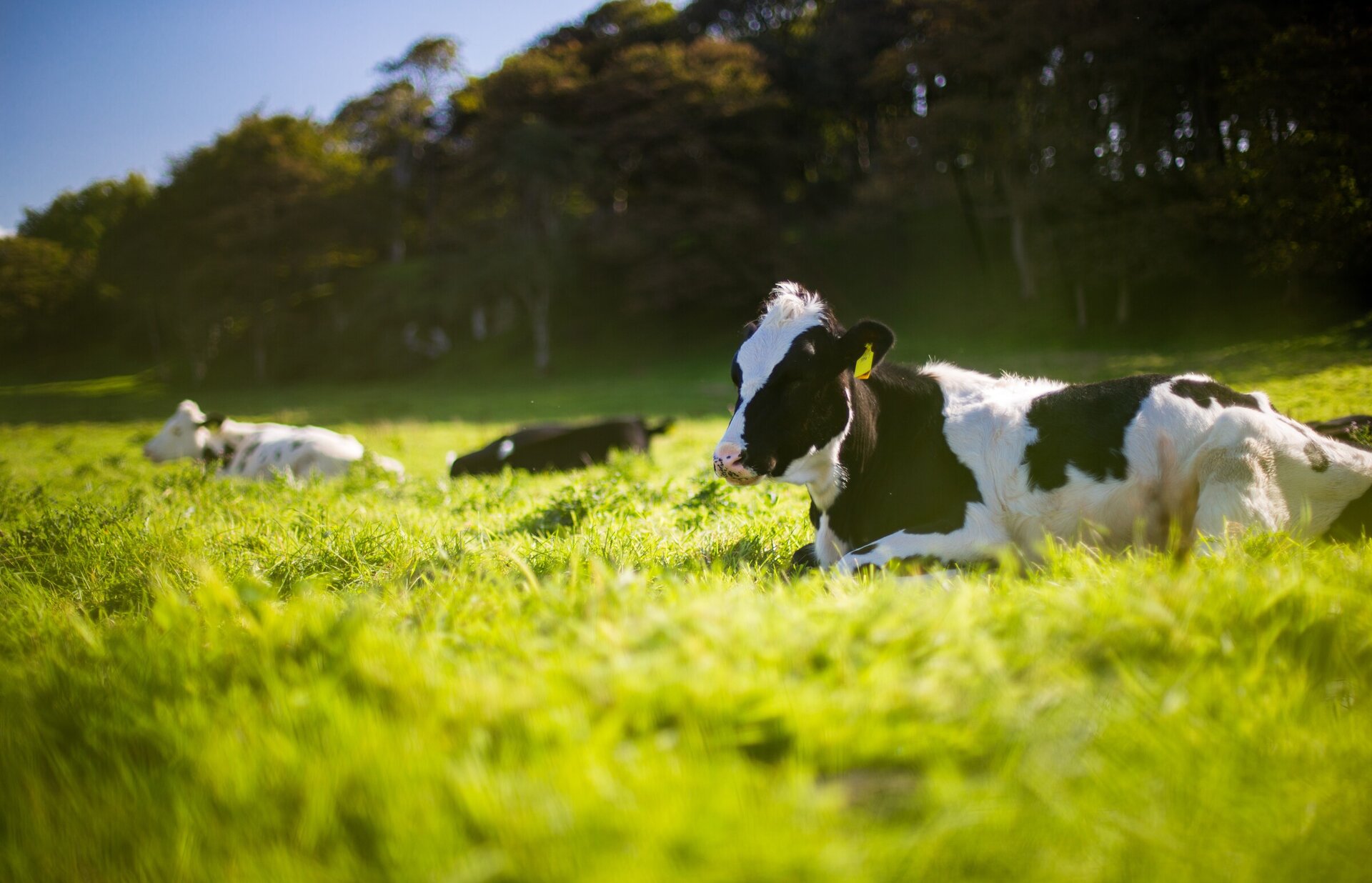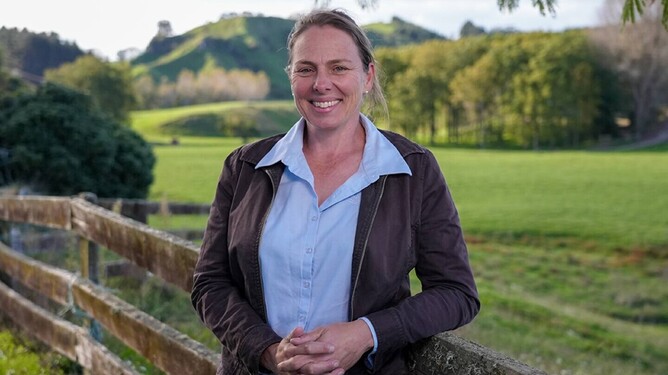Shared by AgriMedia in the January / February AgriVet issue - Headlands consultant Katrina Roberts was interviewed.
Read the PDF below - Be interested, ask questions, listen and follow up
Creating change on-farm in terms of sustainability may be the hard part of a vet’s job. But it’s also the best, and "there is opportunity everywhere’ to help farmers in this direction, Katrina Roberts says.
She ties this to an experience of her own, where she and a client paused in a paddock during condition scoring to watch cows enjoying shade on a hot Waikato day.
“The owner started talking about how nice it was to see cows under the trees, well fed, with plenty of water, scratching themselves and just being cows,” the Anexa herd health veterinarian and Headlands consultant told the recent AgriHealth Technical Seminar.
“She took time to comment on that, and right in that moment I learned more about that client than I had in any formal meeting, just by being present, and listening to what she was saying.”
Being on the ground for moments like these gives vets a unique way to truly engage with their clients, and as such, are well worth seizing.
“We need to care; we need to be interested, to ask questions, then we really need to listen and follow-up. These things are key to helping us engage farmers to achieve change.
“We also need to stop the inner busy-ness, stop rushing from one job to the next, and pause to think if telling our farmers we’re too busy for a coffee is always the right thing to say. If we can create opportunities for non-stressful discussions, we’re actually going to learn a lot more about what motivates them.”
Not many other rural professionals get to see and interact with their clients as regularly as vets do, and when it comes to helping farmers become more sustainable, vets also have the benefit of strong client relationships.
They have several other strings to their bow in this regard, too.
“We have an evidence-based approach so we are independent, and we are able to bring this to the table instead of being a salesperson coming up the driveway pushing their own barrow.
“We can be accountable; we can hold our clients to account and we are a trusted advisor. Plus we see a lot of farms. We drive around, we talk to our farmers, see what other farmers are doing and see what’s working, and what’s not.”
That said, Roberts noted, without maintaining independence and integrity on-farm, vets are no different from other salespeople coming up the drive.
And with many clients already overloaded by the volume of information coming at them from all directions, “ we need to remain focussed when it’s easy to be distracted. Our job is to be that person they can come back to knowing there’s a plan, and that we can keep them on track.”
Likewise effecting meaningful change means always keeping the big picture in mind, no matter how tempting analytical rabbit-holes might be.
“We also need to think not about ‘best practice’, but better practice today than yesterday. This can be hard for young vets in particular. All I wanted as a young vet was to make everybody perfect and help farmers get to that magic number we were aiming for.
“But as long as we’re helping our farmers do better than yesterday, and as long as we’re measuring this, then we are helping them achieve their goals.”
Not many farmers always realise they’re doing a good job, nor do they have time to smell the roses. But as regular and trusted visitors, vets do have the opportunity to do this whenever the chance presents itself and to celebrate clients’ success.
One important way to support change onfarm is to take into account all the people involved in the business, she said.
“Getting into the cowshed and observing what’s happening during milking in that non- threatening environment is absolutely eye opening.”
All the science and technology in the world is pointless if the farm team is not engaged.
“If the recommendation we make is too complicated if we can’t actually come up with a practical way of implementing our suggestions, then the science is absolutely worthless.”
The difference between top performers and average or poor performers is often the people on-farm so it’s up to vets as the professionals who are on-farm regularly to help motivate and improve the whole team.
Another opportunity for engagement is using data already available and easily accessible, like herd test results, to instigate conversations that might otherwise not be had if left to the farmer to bring up, she said.
“Say, for example, you’re out on-farm during peak lactation. You can make a comment like, I see your herd test data has come through, and the farmer says, don’t be ridiculous, I haven’t had time to look at that yet!
Then you can say, well I have had a look, there are some interesting things in there, the heifers are performing well and when’s a good time for us to discuss?”
And she encouraged vets to look into social science approaches to change management to help themselves become better at achieving change on-farm.
The ADKAR methodology used by Fonterra, for example, was “a lightbulb moment for me in understanding why I wasn’t getting engagement with some farmers.”


